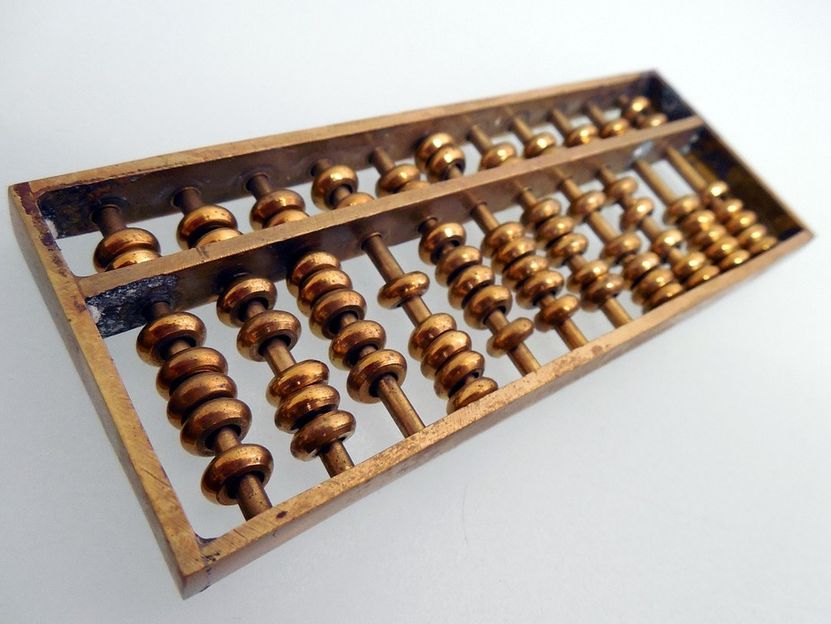Nanoscale 'abacus' - Pulses of light instead of wooden beads to perform calculations
The quest to develop ever-faster and more powerful computers has led to one of the most rudimentary methods of counting being given a 21st century make-over.

succo; pixabay.com; CC0
An international team of researchers, including Professor C. David Wright from the University of Exeter, have developed a nanoscale optical 'abacus' - which uses light signals to perform arithmetic computations.
The innovative device works by counting pulses of light - much in the same way beads are used to count when using a conventional abacus - before storing the data.
This pioneering new technique could pave the way to new, more powerful computers that combine computing and storage functions in one element - a move away from conventional computers that treat these two functions as separate.
Prof. C David Wright, an expert in electronic engineering and co-author of the study said: "This device is able carry out all the basic functions you'd associate with the traditional abacus - addition, subtraction, multiplication and division - what's more it can do this using picosecond light pulses".
Lead author of the study, Professor Wolfram Pernice from the Institute of Physics at Münster University in Germany added: "In the article we describe for the first time the realization of an abacus which operates in a purely optical way. Rather than wooden beads as found on traditional abacuses, our innovative device calculates with pulses of light - and simultaneously stores the result."
The team's optical abacus, which is so small it's essentially invisible to the naked eye, is installed on a photonic microchip that can be easily manufactured.
So far, the researchers have succeeded in calculating with two-digit numbers using two photonic phase-change cells, but the extension to large multi-digit numbers simply involves the use of more cells.
"Computing with light - and not with electrons, as is the case with traditional computers - means that we can develop much faster systems which can be connected using integrated optical waveguides." adds co-author Prof. Harish Bhaskaran from the University of Oxford.
Original publication
Other news from the department science

Get the chemical industry in your inbox
From now on, don't miss a thing: Our newsletter for the chemical industry, analytics, lab technology and process engineering brings you up to date every Tuesday and Thursday. The latest industry news, product highlights and innovations - compact and easy to understand in your inbox. Researched by us so you don't have to.



























































